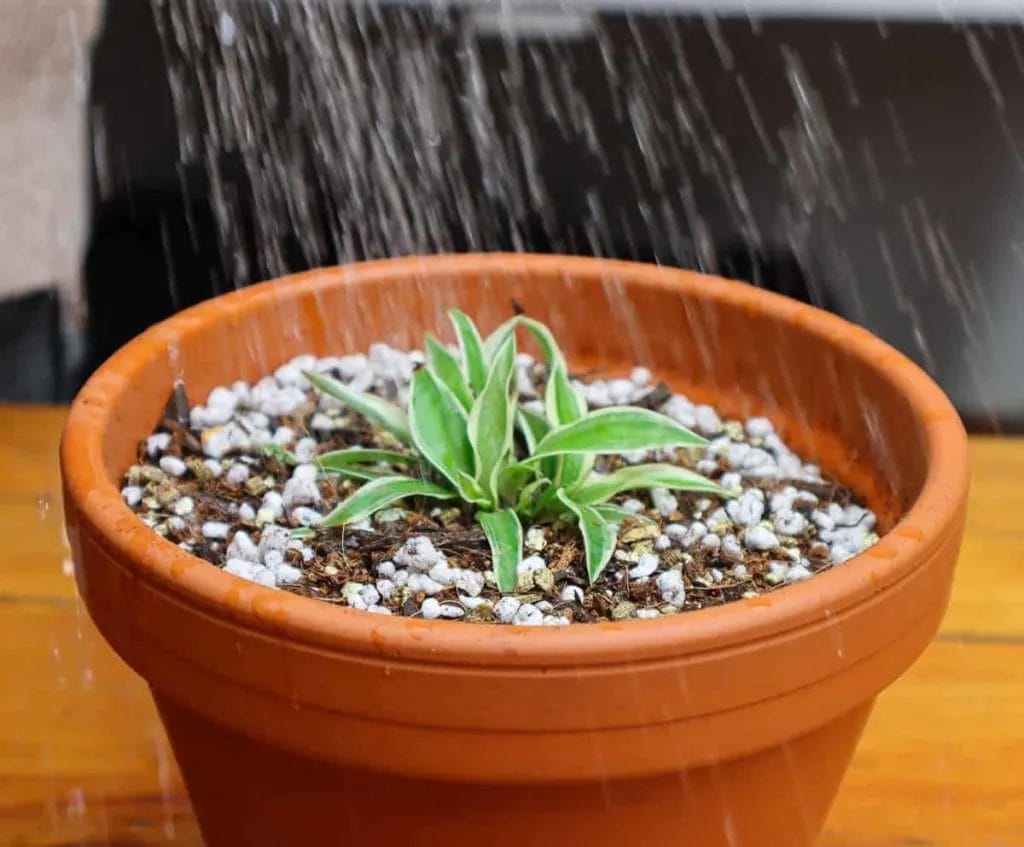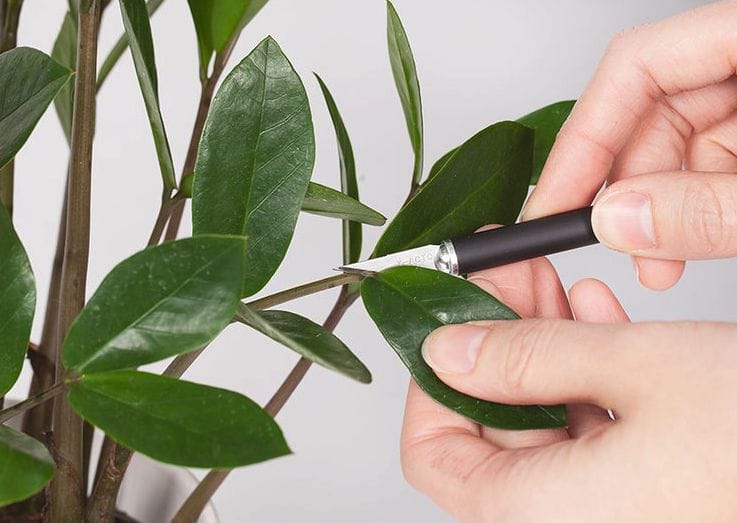How To Propagate Spider Plant Babies
In the domain of indoor gardening, the propagation of spider plant babies stands out as an intriguing yet manageable task for enthusiasts. This process not only offers a method to multiply your collection without additional cost but also enhances the aesthetic appeal of your living space. By exploring diverse techniques such as the clipping of spiderlings, the umbilical approach, or the use of seeds, one can effectively expand their array of lush, air-purifying foliage. However, each method presents unique challenges and nuances that are essential to understand for achieving best results. What remains to be considered is how these approaches can be tailored to different environmental conditions and care routines to ensure the robust growth of these charming plants.
Understanding Spider Plant Propagation

Understanding spider plant propagation is essential for effectively multiplying these resilient and popular houseplants through various methods.
Propagation techniques include the use of spiderlings, either by the clip method or the umbilical (stolon) method, and the expert-driven seeds method. Spiderlings, or baby plants, can be clipped directly from the mother plant once they develop roots and leaves, offering a straightforward approach to propagation.
Alternatively, the umbilical method involves guiding and pinning these sprouts near the parent until they root in nearby soil. For enthusiasts seeking a challenge, propagating spider plants from seeds presents a rewarding but complex option.
Each method requires specific care, ensuring successful growth and multiplication of these delightful plants.
Dividing Root Balls
While the methods discussed previously focus on spiderlings and seeds, dividing root balls offers another effective approach to propagating spider plants. This technique involves separating the mature plant’s root ball into several segments, typically ranging from 2 to 4, depending on the size and health of the original root system.
Each section must include a portion of the roots and some foliage to guarantee viability. Carefully tease apart the roots to minimize damage and plant each division in its own pot filled with an appropriate soil mix, like African violet mix which promotes good drainage and root growth.
This method not only facilitates propagation but also helps control the plant’s size and stimulates earlier blooming. However, be mindful of transplant shock, and provide adequate water and indirect light to help the new plants establish.
Clipping Spiderlings
Clipping spiderlings, often referred to as spider plant babies, is a commonly employed method for propagating these resilient houseplants. To begin, identify a healthy spiderling that has developed robust roots and a few leaves. Using sharp, sterilized scissors, carefully clip the spiderling from the stolon, ensuring not to damage the delicate roots. It’s critical to allow a small segment of the stolon to remain attached to the spiderling to facilitate quicker healing and reduce stress on the plantlet.
Once clipped, these spiderlings can be directly potted in a suitable growing medium, preferably a mix that provides excellent drainage yet retains adequate moisture. The potted spiderlings should then be placed in an environment with bright, indirect sunlight to encourage growth.
Pinning Down Umbilicals
After exploring the method of clipping spiderlings, we now focus on the umbilical or stolon method, where baby spider plantlets are pinned down into moist soil to encourage root development.
In this technique, the spiderlings, still attached to their stolon, are gently placed onto the surface of a well-prepared, damp growing medium. Secure the plantlets by lightly pinning them down using hairpins or soft wire loops, ensuring minimal stress on the tender stems. This method allows the spiderlings to naturally establish a robust root system while still benefiting from the nutrients provided by the parent plant.
Once the roots are sufficiently developed and the plantlet shows new growth, it can be carefully separated and transplanted into its own container.
Propagating With Seeds
Propagating spider plants from seeds, although challenging, offers a unique opportunity for enthusiasts to cultivate rare or specific varieties. This method is less common and requires patience and precision to successfully germinate and grow spider plants from seeds. Here are essential steps to follow:
- Collect Seeds: Wait for the spider plant to produce small berries, which contain the seeds. Harvest these once they are fully ripe.
- Prepare the Seeds: Clean and dry the seeds thoroughly before sowing. It’s important to start with fresh seeds as their viability decreases over time.
- Sowing and Care: Plant the seeds in a well-draining soil mix and keep them moist. Provide indirect sunlight and maintain a consistent temperature to encourage germination.
Conclusion
In the garden of indoor horticulture, propagating spider plant babies is akin to nurturing a sapling into a flourishing tree. Each method—dividing root balls, clipping spiderlings, pinning down umbilicals, and propagating with seeds—requires meticulous care but promises rewarding growth.
By mastering these techniques, enthusiasts can guarantee a verdant proliferation of spider plants, enhancing both their living spaces and gardening acumen. This journey of propagation not only multiplies beauty but also deepens the connection with nature.







